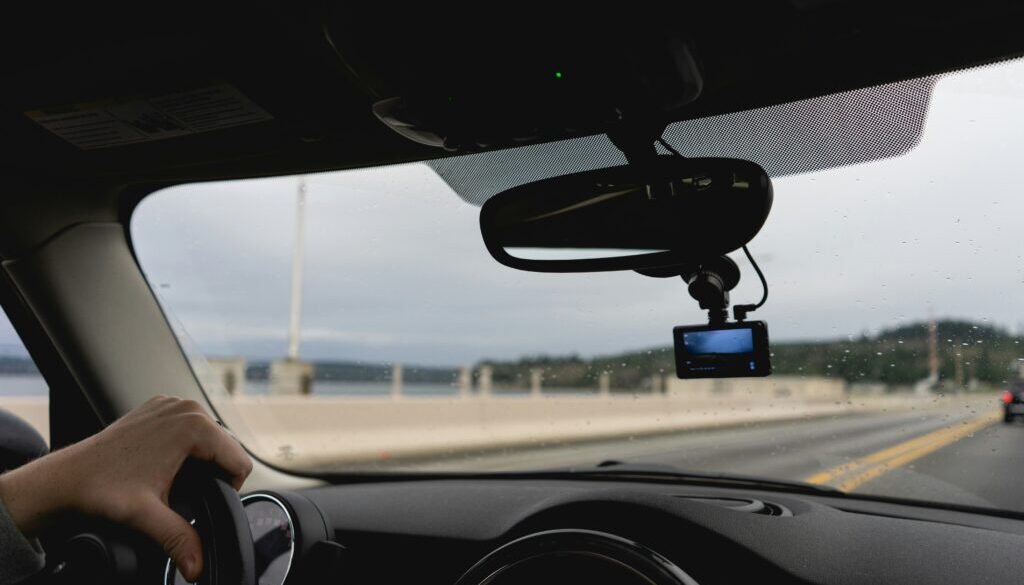The Role of Dashcam Footage in Strengthening Your Personal Injury Case
Dashcams have become an increasingly popular tool among Ontario drivers, offering a sense of security and a means of accountability in the event of an accident. But beyond personal peace of mind, dashcam footage can play a critical role in personal injury claims, especially when liability is disputed.
In Ontario, where the legal framework for personal injury cases hinges on establishing fault, video evidence from a dashcam can provide clear, objective insight into the moments leading up to a collision. This can be invaluable in cases where eyewitness accounts conflict, or where the at-fault driver denies responsibility.
Dashcam footage is generally admissible in court, provided it meets certain criteria. It must be relevant to the case, authentic, and not altered in any way. Courts in Ontario have increasingly accepted such footage as compelling evidence, particularly when it clarifies events that are otherwise subject to interpretation.
Importantly, dashcams must be used in compliance with privacy laws. The Personal Information Protection and Electronic Documents Act (PIPEDA) may come into play if a dashcam captures footage of identifiable individuals in a way that could be deemed intrusive. However, footage used solely for personal documentation or legal purposes is typically exempt from consent requirements.
When used appropriately, dashcams can help expedite the claims process by providing insurance adjusters with concrete evidence. They may also help avoid costly litigation by encouraging early settlements. For injury victims, this means quicker access to compensation for medical bills, lost wages, and other damages.
For anyone involved in a vehicle accident in Ontario, securing dashcam footage immediately after the incident is crucial. It should be saved and shared with your lawyer as part of your case documentation. To understand how this evidence could strengthen your case, contact Hilborn and Konduros in Cambridge, Ontario.



